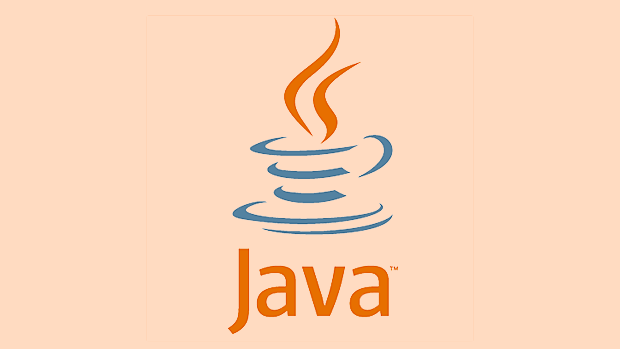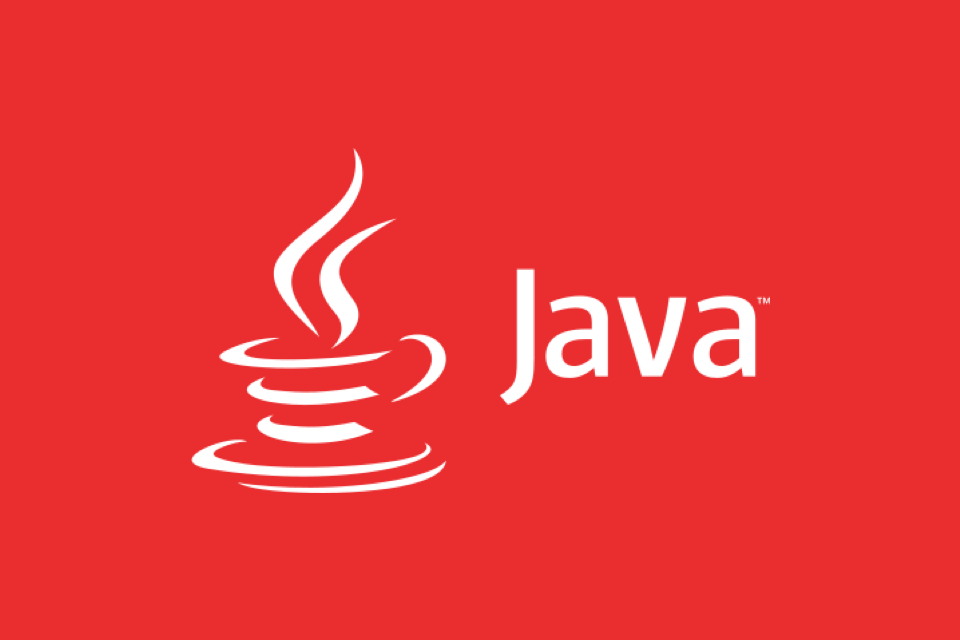Java is a viable and practical choice for machine learning, especially in enterprise environments. 1) Java offers performance, scalability, and seamless integration with existing systems, making it ideal for large-scale and low-latency applications like fraud detection. 2) Key libraries such as Weka for beginners, Deeplearning4j for deep learning, Apache Spark MLlib for big data, and MOA for stream learning provide robust tools for various ML tasks. 3) With a simple Weka example, you can load data, train a decision tree, and evaluate the model using pure Java without external dependencies. 4) Java is particularly advantageous when working in microservices with Spring Boot, using Java-based data pipelines like Spark or Kafka, or when your team lacks Python expertise. 5) While Python remains better for rapid prototyping and advanced research, Java excels in deploying and maintaining production-ready ML models within existing JVM-based systems. Therefore, if you're already in the Java ecosystem, you can effectively build and integrate machine learning without switching languages.

Machine learning isn’t just for Python developers — you can get started with Java too. While Python dominates the ML landscape, Java remains a strong choice, especially in enterprise environments where performance, scalability, and integration with existing systems matter. If you're already working with Java, leveraging it for machine learning can save time and streamline deployment.

Here’s a practical look at how to approach machine learning using Java.
Why Use Java for Machine Learning?
Java might not be the first language that comes to mind for ML, but it has real advantages:

- Performance and scalability: Java’s runtime efficiency and multithreading support make it ideal for large-scale applications.
- Enterprise integration: Many banks, insurance companies, and large systems run on Java. Adding ML directly into these systems avoids costly API calls or language switching.
- Strong ecosystem: Libraries like Weka, DL4J, and MOA provide solid tools for ML tasks.
- Production-ready: Java’s static typing and mature tooling (Maven, Gradle, Spring) make models easier to deploy and maintain.
You don’t need to rewrite your backend in Python just to add smart features.
Popular Java Machine Learning Libraries
You don’t have to build algorithms from scratch. These libraries do the heavy lifting:

Weka
One of the oldest and most user-friendly ML libraries. It offers tools for data preprocessing, classification, regression, clustering, and visualization. Great for beginners and supports both GUI and code-based workflows.Deeplearning4j (DL4J)
A deep learning library designed for Java and Scala. Integrates with Hadoop and Spark, supports neural networks, and works well in distributed environments. Ideal if you're doing NLP or image recognition in a JVM-based stack.Apache Spark MLlib (with Java API)
While Spark is written in Scala, it provides a solid Java API. Excellent for large datasets and real-time processing when combined with Kafka or Flink.MOA (Massive Online Analysis)
Perfect for stream learning and real-time data. Think of it as Weka for data streams — great for IoT or monitoring systems.
These tools let you train models, evaluate performance, and integrate predictions directly into Java apps.
A Simple Example with Weka
Let’s say you want to classify whether a customer will buy a product based on age and income.
-
Add Weka to your project (via Maven):
<dependency> <groupId>nz.ac.waikato.cms.weka</groupId> <artifactId>weka-stable</artifactId> <version>3.8.6</version> </dependency> Load data and train a decision tree:
import weka.core.Instances; import weka.core.converters.CSVLoader; import weka.classifiers.trees.J48; import weka.classifiers.Evaluation; // Load data CSVLoader loader = new CSVLoader(); loader.setSource(new File("data.csv")); Instances data = loader.getDataSet(); data.setClassIndex(data.numAttributes() - 1); // Last column is the label // Train J48 tree = new J48(); tree.buildClassifier(data); // Evaluate Evaluation eval = new Evaluation(data); eval.crossValidateModel(tree, data, 10, new Random(1)); System.out.println(eval.toSummaryString());
This is all pure Java — no external services, no Python bridges.
When Java Makes Sense for ML
Consider Java when:
- You’re working in a microservices architecture using Spring Boot.
- Your data pipeline is already in Java/Scala with Spark or Kafka.
- You need low-latency inference (e.g., fraud detection in transactions).
- Your team knows Java well but not Python.
On the flip side, if you're doing rapid prototyping, research, or complex deep learning (like transformers), Python still wins due to libraries like PyTorch and scikit-learn.
But for integrating models into existing enterprise apps, Java is more than capable.
Final Thoughts
Java isn’t the flashiest choice for machine learning, but it’s practical. With solid libraries and strong performance, it’s a great fit for real-world applications where reliability and integration matter more than the latest algorithm.
You don’t need to switch languages to add intelligence to your apps. With Weka, DL4J, or Spark MLlib, you can build, train, and deploy models — all within the Java ecosystem.
Basically, if you're already in the JVM world, there's no reason to step out just to do machine learning.
The above is the detailed content of Introduction to Machine Learning with Java. For more information, please follow other related articles on the PHP Chinese website!

Hot AI Tools

Undress AI Tool
Undress images for free

Undresser.AI Undress
AI-powered app for creating realistic nude photos

AI Clothes Remover
Online AI tool for removing clothes from photos.

Clothoff.io
AI clothes remover

Video Face Swap
Swap faces in any video effortlessly with our completely free AI face swap tool!

Hot Article

Hot Tools

Notepad++7.3.1
Easy-to-use and free code editor

SublimeText3 Chinese version
Chinese version, very easy to use

Zend Studio 13.0.1
Powerful PHP integrated development environment

Dreamweaver CS6
Visual web development tools

SublimeText3 Mac version
God-level code editing software (SublimeText3)

Hot Topics
 Differences Between Callable and Runnable in Java
Jul 04, 2025 am 02:50 AM
Differences Between Callable and Runnable in Java
Jul 04, 2025 am 02:50 AM
There are three main differences between Callable and Runnable in Java. First, the callable method can return the result, suitable for tasks that need to return values, such as Callable; while the run() method of Runnable has no return value, suitable for tasks that do not need to return, such as logging. Second, Callable allows to throw checked exceptions to facilitate error transmission; while Runnable must handle exceptions internally. Third, Runnable can be directly passed to Thread or ExecutorService, while Callable can only be submitted to ExecutorService and returns the Future object to
 Asynchronous Programming Techniques in Modern Java
Jul 07, 2025 am 02:24 AM
Asynchronous Programming Techniques in Modern Java
Jul 07, 2025 am 02:24 AM
Java supports asynchronous programming including the use of CompletableFuture, responsive streams (such as ProjectReactor), and virtual threads in Java19. 1.CompletableFuture improves code readability and maintenance through chain calls, and supports task orchestration and exception handling; 2. ProjectReactor provides Mono and Flux types to implement responsive programming, with backpressure mechanism and rich operators; 3. Virtual threads reduce concurrency costs, are suitable for I/O-intensive tasks, and are lighter and easier to expand than traditional platform threads. Each method has applicable scenarios, and appropriate tools should be selected according to your needs and mixed models should be avoided to maintain simplicity
 Understanding Java NIO and Its Advantages
Jul 08, 2025 am 02:55 AM
Understanding Java NIO and Its Advantages
Jul 08, 2025 am 02:55 AM
JavaNIO is a new IOAPI introduced by Java 1.4. 1) is aimed at buffers and channels, 2) contains Buffer, Channel and Selector core components, 3) supports non-blocking mode, and 4) handles concurrent connections more efficiently than traditional IO. Its advantages are reflected in: 1) Non-blocking IO reduces thread overhead, 2) Buffer improves data transmission efficiency, 3) Selector realizes multiplexing, and 4) Memory mapping speeds up file reading and writing. Note when using: 1) The flip/clear operation of the Buffer is easy to be confused, 2) Incomplete data needs to be processed manually without blocking, 3) Selector registration must be canceled in time, 4) NIO is not suitable for all scenarios.
 Best Practices for Using Enums in Java
Jul 07, 2025 am 02:35 AM
Best Practices for Using Enums in Java
Jul 07, 2025 am 02:35 AM
In Java, enums are suitable for representing fixed constant sets. Best practices include: 1. Use enum to represent fixed state or options to improve type safety and readability; 2. Add properties and methods to enums to enhance flexibility, such as defining fields, constructors, helper methods, etc.; 3. Use EnumMap and EnumSet to improve performance and type safety because they are more efficient based on arrays; 4. Avoid abuse of enums, such as dynamic values, frequent changes or complex logic scenarios, which should be replaced by other methods. Correct use of enum can improve code quality and reduce errors, but you need to pay attention to its applicable boundaries.
 How Java ClassLoaders Work Internally
Jul 06, 2025 am 02:53 AM
How Java ClassLoaders Work Internally
Jul 06, 2025 am 02:53 AM
Java's class loading mechanism is implemented through ClassLoader, and its core workflow is divided into three stages: loading, linking and initialization. During the loading phase, ClassLoader dynamically reads the bytecode of the class and creates Class objects; links include verifying the correctness of the class, allocating memory to static variables, and parsing symbol references; initialization performs static code blocks and static variable assignments. Class loading adopts the parent delegation model, and prioritizes the parent class loader to find classes, and try Bootstrap, Extension, and ApplicationClassLoader in turn to ensure that the core class library is safe and avoids duplicate loading. Developers can customize ClassLoader, such as URLClassL
 Exploring Different Synchronization Mechanisms in Java
Jul 04, 2025 am 02:53 AM
Exploring Different Synchronization Mechanisms in Java
Jul 04, 2025 am 02:53 AM
Javaprovidesmultiplesynchronizationtoolsforthreadsafety.1.synchronizedblocksensuremutualexclusionbylockingmethodsorspecificcodesections.2.ReentrantLockoffersadvancedcontrol,includingtryLockandfairnesspolicies.3.Conditionvariablesallowthreadstowaitfor
 Handling Common Java Exceptions Effectively
Jul 05, 2025 am 02:35 AM
Handling Common Java Exceptions Effectively
Jul 05, 2025 am 02:35 AM
The key to Java exception handling is to distinguish between checked and unchecked exceptions and use try-catch, finally and logging reasonably. 1. Checked exceptions such as IOException need to be forced to handle, which is suitable for expected external problems; 2. Unchecked exceptions such as NullPointerException are usually caused by program logic errors and are runtime errors; 3. When catching exceptions, they should be specific and clear to avoid general capture of Exception; 4. It is recommended to use try-with-resources to automatically close resources to reduce manual cleaning of code; 5. In exception handling, detailed information should be recorded in combination with log frameworks to facilitate later
 How does a HashMap work internally in Java?
Jul 15, 2025 am 03:10 AM
How does a HashMap work internally in Java?
Jul 15, 2025 am 03:10 AM
HashMap implements key-value pair storage through hash tables in Java, and its core lies in quickly positioning data locations. 1. First use the hashCode() method of the key to generate a hash value and convert it into an array index through bit operations; 2. Different objects may generate the same hash value, resulting in conflicts. At this time, the node is mounted in the form of a linked list. After JDK8, the linked list is too long (default length 8) and it will be converted to a red and black tree to improve efficiency; 3. When using a custom class as a key, the equals() and hashCode() methods must be rewritten; 4. HashMap dynamically expands capacity. When the number of elements exceeds the capacity and multiplies by the load factor (default 0.75), expand and rehash; 5. HashMap is not thread-safe, and Concu should be used in multithreaded






